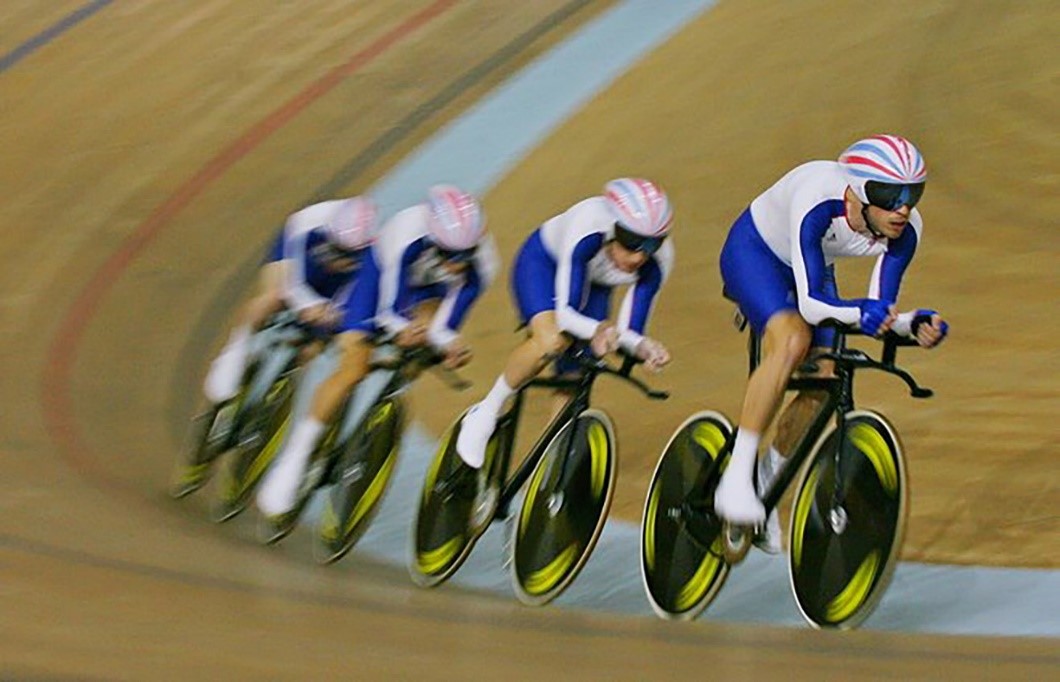 We would like to thank Jason Etherington, Learning and Talent Development Manager for Xerox and Executive Council Member, for this insightful way to start making small steps deliver big changes.
We would like to thank Jason Etherington, Learning and Talent Development Manager for Xerox and Executive Council Member, for this insightful way to start making small steps deliver big changes.
The Approach
Marginal Gains refers to a process used by Dave Brailsford who is the Performance Director of British Cycling and the General Manager of the Team Sky cycling team. He realised that there was no magic bullet or secret sauce to turn high performance into elite performance, but with a series of small 1% improvement’s across various area’s you could aggregate an improvement in performance.
As an example, the British Olympic team developed a pair of ‘hot Pants’ that the cyclists would wear in the time between their warm up and the start of the race. In tests they found that cyclists who used the ‘hot pants’ improved start times by a 100th of a second. In addition, during the Tour De France, Team Sky had a team of people that would arrive at the hotel before the cyclists, changed the beds, pillows, and bedding in the rooms of riders.
 Brailsford was looking at how performance was linked to rest, and realised that if you are going to be riding a bike for 6 hours a day for twenty odd days, sleep and rest are very important. How can you be sure to get well rested if sleeping in a bed, you have never slept in? He also used medical staff to instruct the cyclists on how to wash their hands properly. The reason behind this was to stop the cyclists from catching germs, ensuring that performance was not impeded by cold’s etc.
Brailsford was looking at how performance was linked to rest, and realised that if you are going to be riding a bike for 6 hours a day for twenty odd days, sleep and rest are very important. How can you be sure to get well rested if sleeping in a bed, you have never slept in? He also used medical staff to instruct the cyclists on how to wash their hands properly. The reason behind this was to stop the cyclists from catching germs, ensuring that performance was not impeded by cold’s etc.
At its core Marginal Gains focuses on anything that could impede performance. It means taking a good look at the big picture and breaking elements and tasks into component parts. By making small adjustments to these parts, that that on their own may seem small and possibly insignificant, when added together can make a significant impact on performance.
You can see Brailsford explaining this theory (much better than I can do) in this YouTube clip: Click here to watch or you can listen here to this BBC podcast:
Why?
Magic bullets and secret sauce are also very rare in business, so looking at Marginal Gains could give you the performance improvement you are looking for. Whether it is your admin processes, supply chain, sales performance, service response etc., Marginal Gains can be applied to pretty much anything. Another example is The John Radcliffe hospital in Oxford. The hospital wanted to improve the performance of its intensive care unit, so they started to look patient recovery times. If a patient recovers faster, beds open up, and they can treat more people without adding more resources (beds, staff etc.).
They started by breaking down the recovery process, and reviewed the area of patient rest. As all of us know, sleep is very important to recovery. They monitored the noise in the ICU and found it was the equivalent to a noisy restaurant during the day and during the night they had 16 instances every hour of noise louder than a road drill! (85 decibels). This led to further investigation and changes to the causes of the noise disturbance including staff conversations, alarms on monitors and even the metal medical waste rubbish bins were replaced with quieter plastic ones. All these Marginal Gains added to faster recovery for patients.
Read more about how John Radcliffe and the changes.
More examples on how using Marginal Gains can be used to improve business performance can be found here
So how can you do it?
- Decide what you want to improve! Is it productivity, sales performance, response times etc.
- List out the processes that affect your aim.
- Think about contributing factors such as the work environment, time of day, technology, staffing level etc… anything that has an impact. (Think about ‘hot pants and metal rubbish bins!)
- Break each process down to its component parts, sketch it out, put it on post it’s, whatever works for you, the bigger the better! So you can step back and see the process in its entirety.
- Get a fresh pair of eyes from someone who doesn’t use the process. They can spot things that you don’t due to the ‘we have always done it that way’ scenario and will be less resistant to change. New starters maybe great for this.
- Finally ask Why and What! Why are we doing this? What value is it adding? And if you can’t come up with a good answer for either question, you have identified a potential area for Marginal Gain.
The British cycling team won 7 gold medals at the 2012 Olympics using Marginal Gains, the rest of the world won 3! Team Sky went from nothing to winning the tour De France in 3 years using Marginal Gains. So maybe it’s time for you to start look at Marginal Gains as a way of improving performance.

